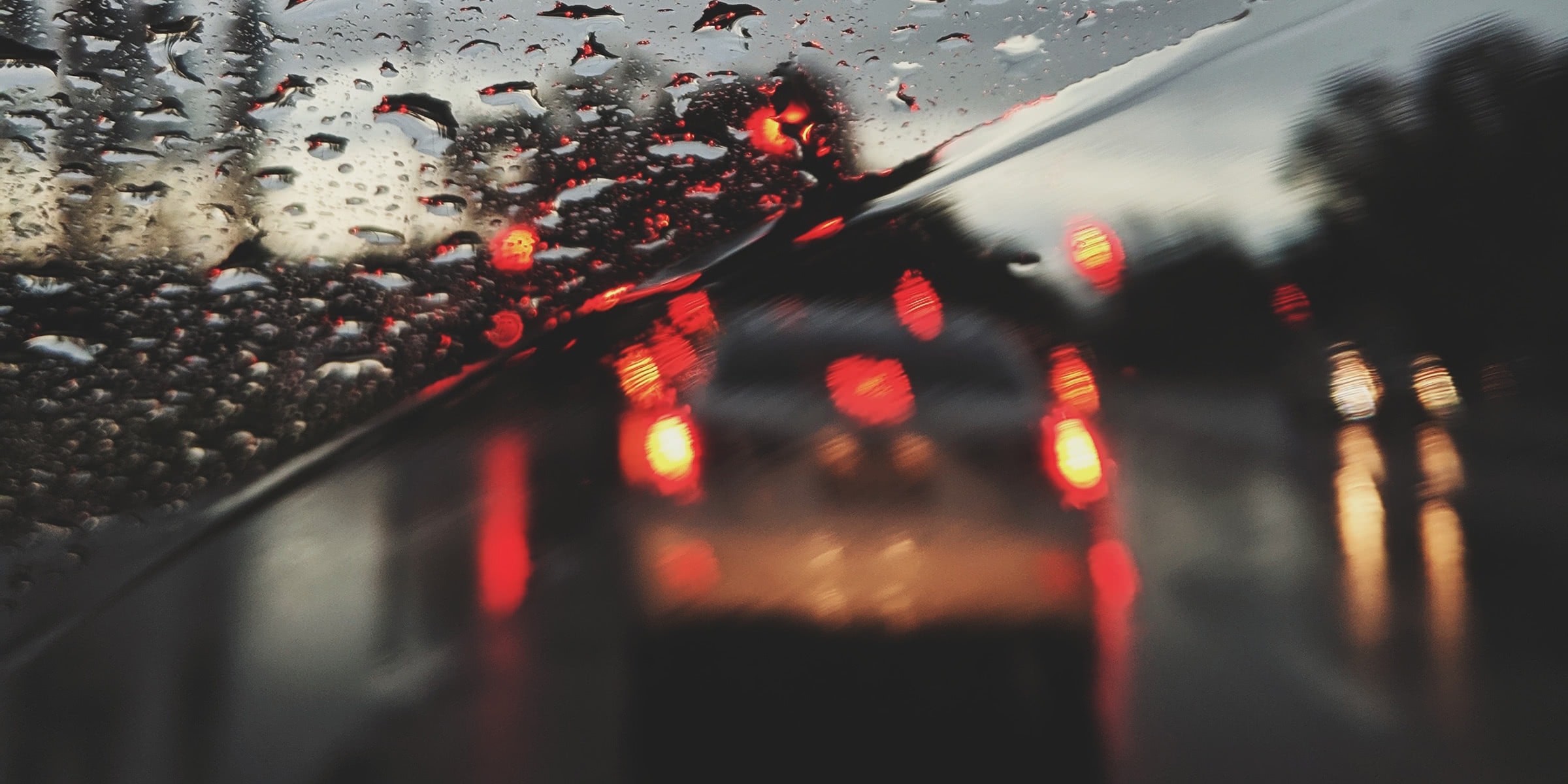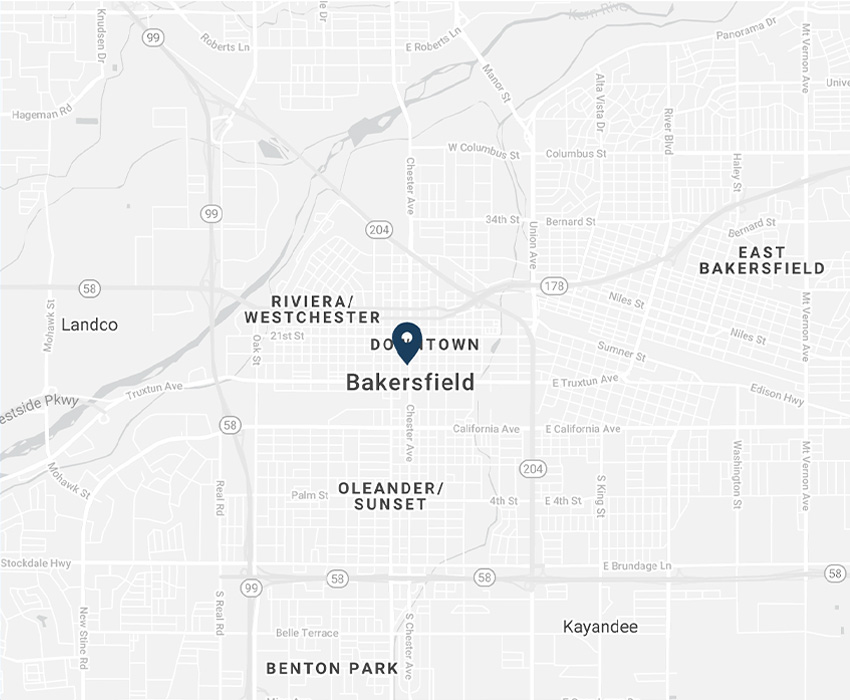Driving in drizzle: 12 tips for navigating safely in the rain (Rule 1: slow down!)
December 4, 2019 | Article by Chain | Cohn | Clark staff | Tips & Information Social Share

With rain making its way into the Central Valley, the rich soil is getting a vital ingredient that helps grow the crops to feed our country. But, the water sprinkles are also landing on our roadways, creating dangerous driving conditions.
Rain is directly associated with higher accident rates. In fact, out of the nearly 6 million motor vehicle crashes that occur each year in the United States, about 22 percent are weather-related, according to Federal Highway Administration. Knowing how wet roads and reduced visibility affects the way your vehicle handles will help you drive safely in rainy conditions.
Chain | Cohn | Clark, with tips from local authorities, remind drivers to be aware of the roadway hazards associated with rainy weather.
“Let’s all make sure we slow down on the streets of Bakersfield when it’s wet and raining,” said David Cohn, managing partner and attorney at Chain | Cohn | Clark. “Slowing down helps you maintain control of your vehicle, and could mean the difference between a crash, and making sure you and others get home safe.”
Here are some more tips for driving in the rain:
Wait: If you feel uncomfortable driving in the rain and can postpone your trip or commute, wait until the weather improves before driving. There is no reason to put yourself in danger if driving in wet conditions is not necessary.
Plan Ahead: If you must drive, always give yourself plenty of time to get to your destination. Never rush when it’s raining heavily.
Check Your Car: Check your headlights, tail lights, and windshield wipers to make sure that they will work efficiently when they are needed. Also check the tread of your vehicle’s tires; balding tires can severely reduce traction on wet roadways. Use your hazard lights only when you have stopped on the road or at the side of the road.
Slow Down: You should drive considerably slower than you normally would, and slower than the speed limit. Wet roads are very dangerous. Your vehicle’s reaction time is much slower when it is raining. Also, accelerate and decelerate slowly. This will help you stay in control and avoid skids.
Turn on Headlights: Even if it is only misting, turning on your vehicle’s headlights will increase both your own visibility and other drivers’ ability to see your car on the road. Plus, California vehicle code requires drivers to use their headlights during inclement weather.
Keep Your Distance: Keep a greater distance between your vehicle and the car in front of you. Stopping your vehicle will be more difficult when driving in the rain. Maintain a distance of several car lengths between your car and other vehicles, to about five or six seconds between marks.
Avoid Heavy Braking: Try to slow your vehicle by taking your foot off the accelerator earlier than you normally would in preparation to slow down or stop.
Avoid Cruise Control: Don’t use cruise control so your attention on using both the gas and brake are in tune.
Watch for Puddles: Driving through standing water can cause hydroplaning, which is when you lose traction and skid across the surface of the road. To avoid hydroplaning, drive around places where water has collected by changing lanes or safely steering around such areas. If your car does hydroplane, calmly take your foot off the accelerator and steer in the direction that the front of your car needs to go. Avoid making sudden turns or slamming on your brakes.
Anticipate Other Hazards: Drivers may encounter fallen trees, downed power lines, flooded roadways, and other hazards. Deep water can hide many dangers you cannot see, and only a few inches of water can disable your vehicle and even carry it away. Never drive through deep water or around barricades indicating the road has been closed.
Don’t Drive Distracted: Electronic devices and cell phones should never be used while driving, but when driving in rainy weather your attention to your surroundings is your best defense against a hazard or collision. Watch out for brake lights in front of you.
Ventilate: Rain causes humidity levels to increase. You may find that your vehicle’s windows become foggy when you operate your vehicle while it is raining. Most cars’ ventilation systems include a function that will work to reduce this type of fog that develops on the interior of your windows and windshield. It may be necessary to pull over if you are no longer able to see through your windows.
———
If you or someone you know is injured in an accident at the fault of someone else, or injured on the job no matter whose fault it is, contact the attorneys at Chain | Cohn | Clark by calling (661) 323-4000 or fill out a free consultation form.

